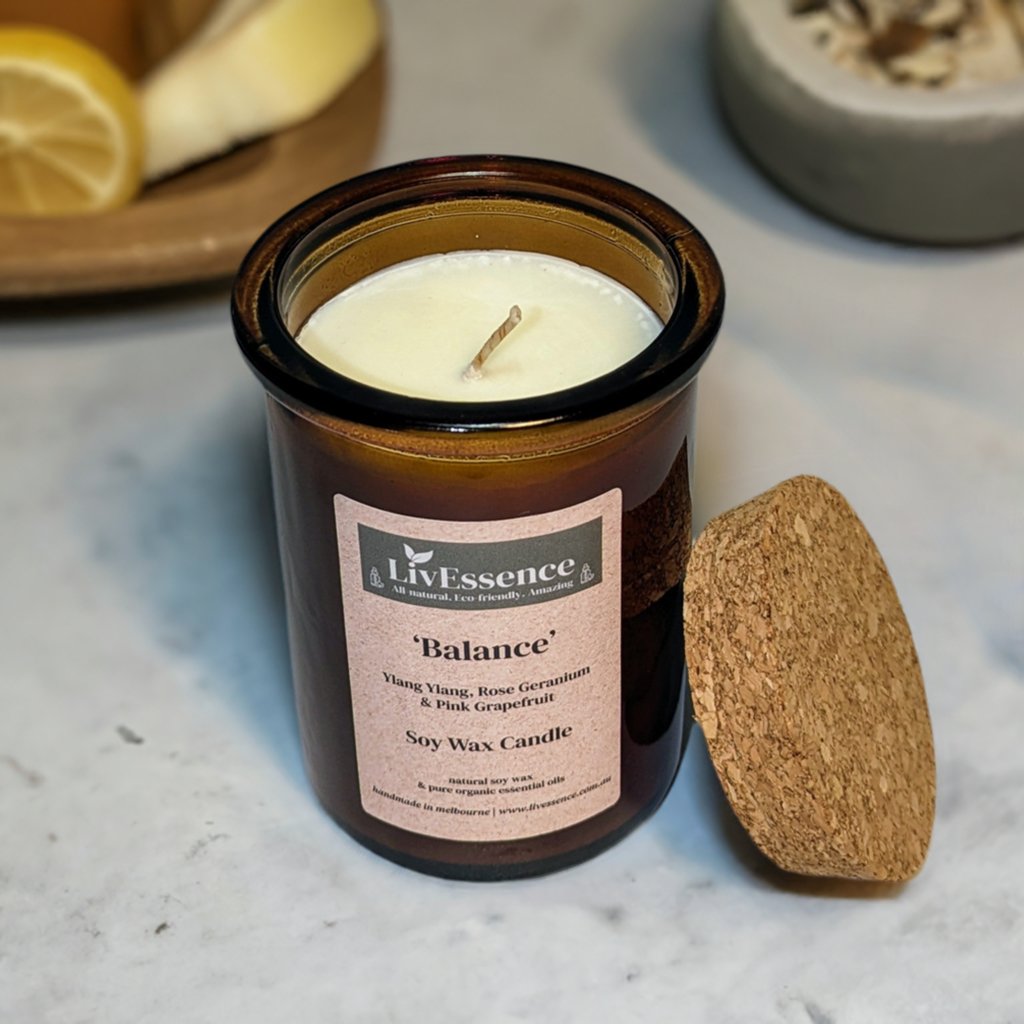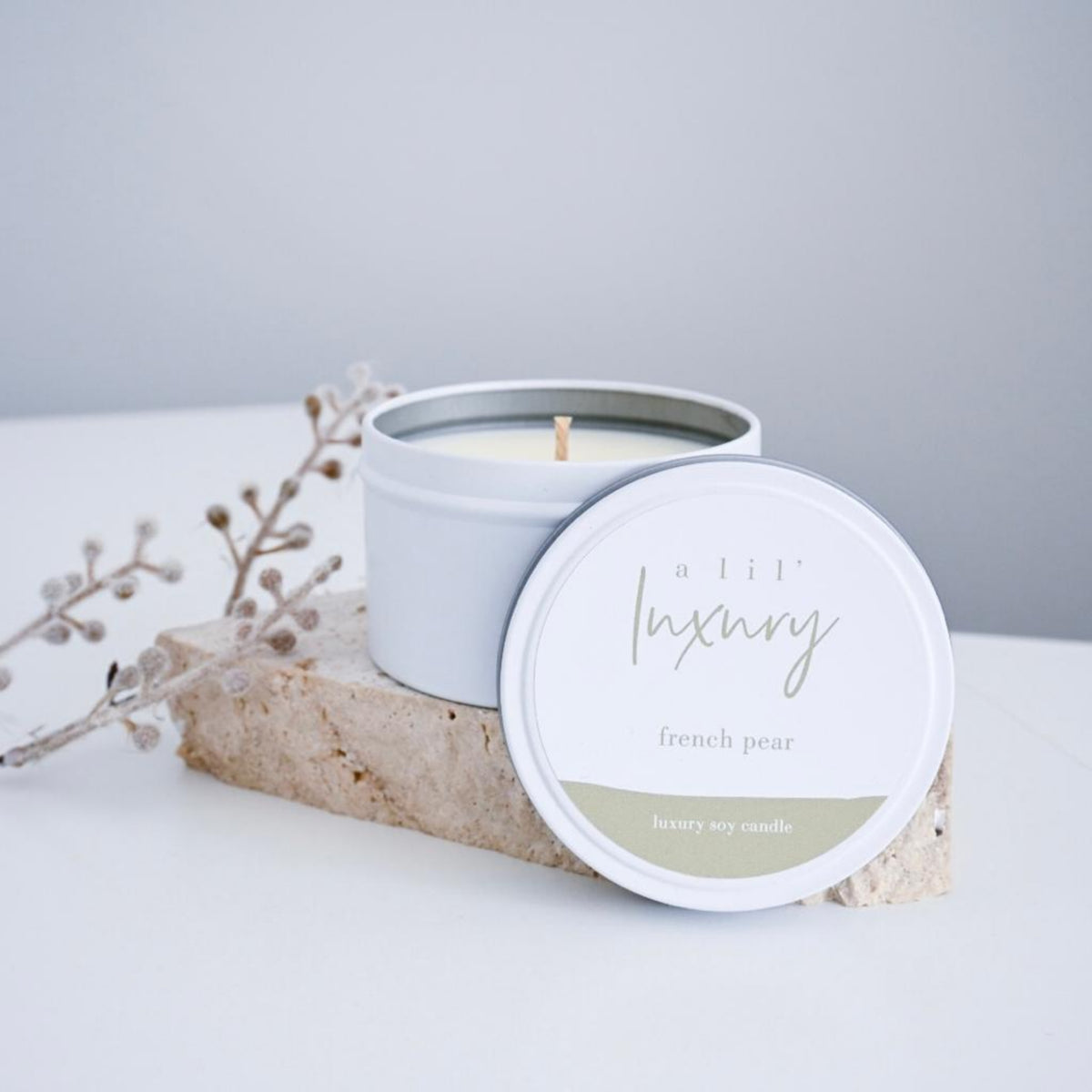From Wick to Wax: Comprehending the Chemistry Behind Soy Wax Candles and Their Ecological Effect
As we brighten our rooms with the cozy glow of candle lights, there exists a realm of elaborate chemistry behind the seemingly simple act of lighting a soy wax candle. The option in between soy and paraffin wax extends past plain looks, diving into the realm of environmental influence and the really composition of the products. Recognizing the molecular framework of soy wax and its burning process clarifies the discharges released into our environments. Join us as we unravel the scientific intricacies behind soy wax candles and discover their ramifications on our atmosphere.
Soy Wax Vs. Paraffin Wax
When contrasting soy wax and paraffin wax for candle light making, it is essential to understand the unique features and advantages of each material. Soy wax is a natural, renewable energy derived from soybean oil, making it environment-friendly and biodegradable - soy wax candles. In contrast, paraffin wax is a byproduct of petroleum refining, which increases problems about its ecological influence and sustainability
Soy wax candles melt cleaner and release less residue compared to paraffin wax candles, making them a much healthier choice for interior air quality. In addition, soy wax has a reduced melting point, permitting a longer-lasting candle that distributes scent more successfully. Paraffin wax, on the various other hand, often tends to melt faster and much less cleanly, potentially releasing hazardous chemicals into the air.
From a sustainability perspective, soy wax is favored for its biodegradability and sustainable sourcing, lining up with the growing customer preference for eco conscious items. While paraffin wax has actually been a conventional option in candle making because of its affordability and ease of usage, the change towards green alternatives like soy wax is getting momentum in the market.
Chemical Composition of Soy Wax

Burning Refine in Soy Candles
The chemical composition of soy wax directly affects the combustion process in soy candle lights, influencing elements such as shed time, scent launch, and environmental influence. When a soy candle is lit, the heat from the flame melts the wax near the wick. This fluid wax is then prepared the wick due to capillary action. As the fluid wax look at more info gets to the flame, it goes through and vaporizes combustion. The burning process includes the vaporized hydrocarbons in the wax reacting with oxygen airborne to produce warmth, light, water vapor, and carbon dioxide.
The burning efficiency of soy candle lights is influenced by the purity of the soy wax and the high quality of the wick. Furthermore, soy wax candles have a lower environmental impact compared to paraffin candles due to their eco-friendly and eco-friendly nature.

Environmental Benefits of Soy Wax

Taken into consideration a lasting alternative to conventional paraffin wax, soy wax offers notable ecological advantages click that make it a preferred selection amongst eco-conscious consumers. Soy wax burns cleaner and creates less soot than paraffin wax, adding to better interior air quality and lowering the need for cleaning and maintenance. Overall, the environmental advantages of soy wax line up with the growing demand for lasting and environmentally friendly items in the market.
Recycling and Disposal Considerations
Reusing and correct disposal of soy wax candle lights play a critical role in maintaining ecological sustainability and lowering waste in homes check this site out and areas. When it comes to recycling soy wax candles, the first action is to make certain that the candle has burned totally.

In terms of disposal, if recycling is not an alternative, soy wax candles are eco-friendly and can be securely dealt with in most family waste systems. It is always recommended to check with local reusing facilities or waste monitoring services for details standards on candle light disposal to guarantee proper handling and environmental security.
Final Thought
In conclusion, the chemistry behind soy wax candles reveals their environmental benefits over paraffin wax candle lights. Soy wax, stemmed from soybean oil, burns cleaner and creates much less residue when compared to paraffin wax. The combustion procedure in soy candles is more efficient, bring about a longer and more even melt. In addition, soy wax is naturally degradable and eco-friendly, making it a more sustainable choice for candle manufacturing. Recycling and correct disposal of soy wax candles further add to their ecological effect.
When contrasting soy wax and paraffin wax for candle light production, it is crucial to comprehend the unique characteristics and benefits of each product (candles).Soy wax candles melt cleaner and emit less residue compared to paraffin wax candle lights, making them a healthier choice for interior air quality.Taken into consideration a lasting option to conventional paraffin wax, soy wax uses noteworthy ecological benefits that make it a prominent choice among eco-conscious customers. Soy wax burns cleaner and creates much less residue than paraffin wax, adding to better interior air quality and decreasing the demand for cleansing and maintenance.In conclusion, the chemistry behind soy wax candles exposes their environmental advantages over paraffin wax candle lights
Comments on “Improve Your Living Area with Extravagant Soy Candles and Home Fragrance”